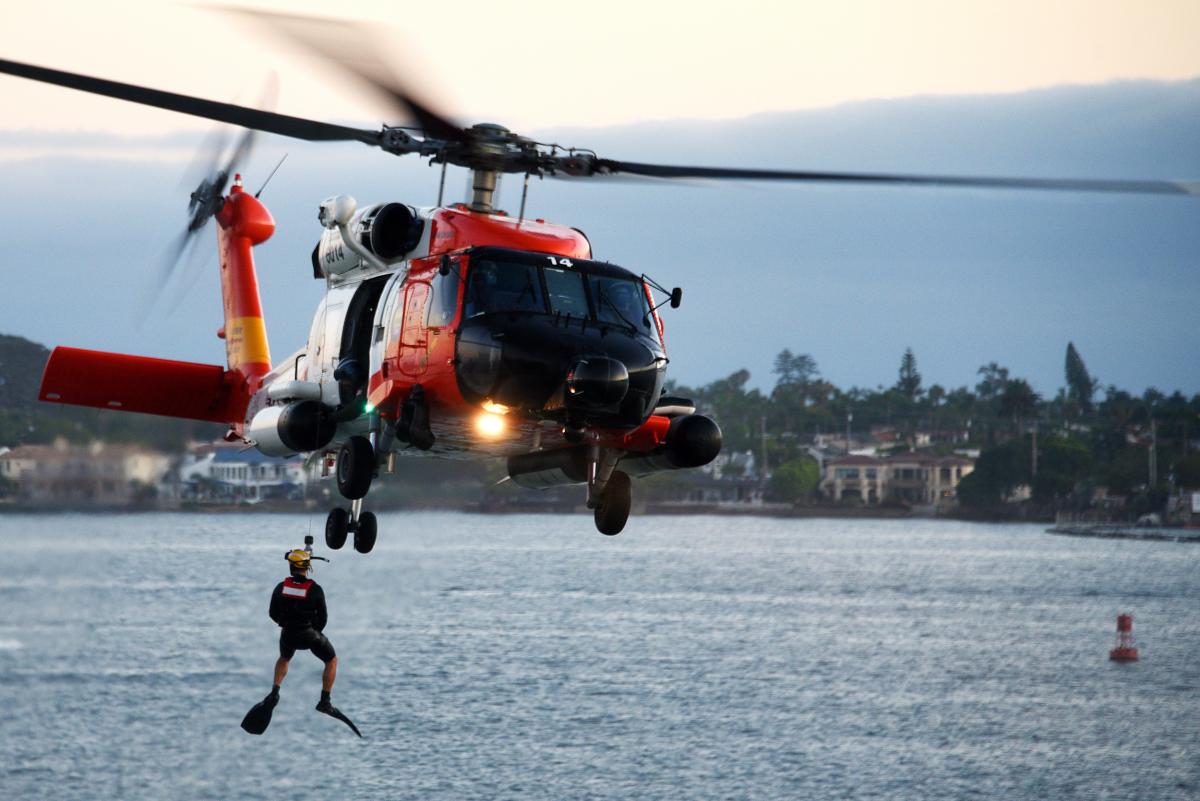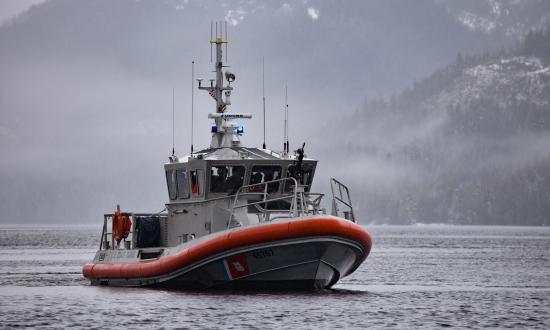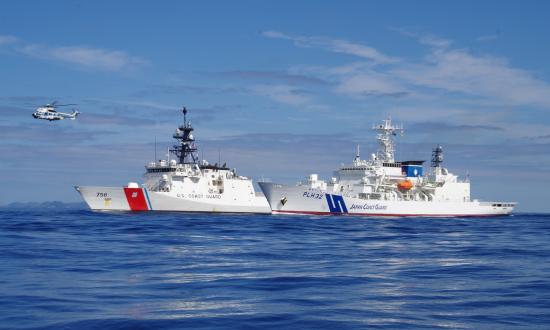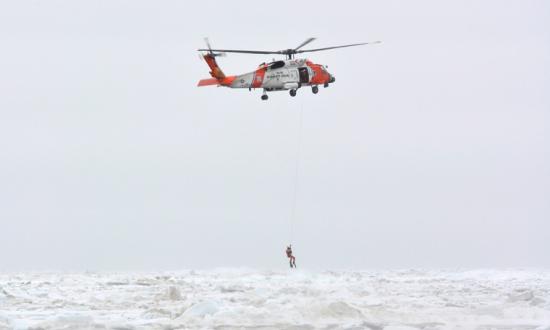U.S. Coast Guard Headquarters decided to create sector commands almost two decades ago, which effectively combined the mission areas, regulatory oversight functions, and staffs of marine safety offices and group commands. Arguably the most significant organizational change in the service’s history, this restructuring disproportionally influenced certain mission areas, including maritime search and rescue (SAR). The service—including many senior leaders not familiar with SAR policy, roles, and responsibilities—may not have anticipated the long-term consequences of creating sector command centers, 24/7 central coordination and communication hubs for most Coast Guard SAR cases.
Historically, SAR mission coordination was a primary responsibility of Coast Guard district and group command centers. Under the current organization, sector command centers are now true multi-mission watch floors. They inherited additional responsibility and coordination roles for marine safety, marine environmental response, and other related missions previously managed by local marine safety offices.
The Operations Specialist Role
While command center staffing only marginally increased, the creation of sectors diluted SAR expertise by increasing watchstander knowledge and training requirements to include those necessary for all Coast Guard missions. In particular, the operations specialist (OS) rating has endured the lion’s share of changes to core watchstander roles and responsibilities. As a result, the entire enlisted rating—which performs critical functions in the SAR chain of command—is at risk of collapse.
Coast Guard operations specialists serve in all command center watchstander positions, including the communications unit, situation unit, operations unit, and command duty officer. Correspondingly, OS duties and responsibilities are central to all SAR cases. The search and rescue optimal planning system (SAROPS), the Coast Guard’s SAR case planning software, has become increasingly complex. It requires years of command center experience to master, not only its use, but also the practical application of its outputs. OS knowledge requirements increased significantly with the creation of sector command centers and addition of the expanded marine safety workload. As a result, the rating’s functional role quickly evolved into an “information broker”. In other words, OSs now spend an inordinate amount of time during watches taking calls from a wide range of reporting sources and distributing the relevant information to the appropriate sector command subject matter experts. This increased span of control and administrative drain was never intended when the rating was created.
On a regular basis, these talented enlisted workforce members are now overburdened with non-SAR mission calls to serve the broader sector command. Consequently, OS proficiency continues to deteriorate because of a myriad of distractions from primary SAR planning duties.
The Training Command Compounds the Problem
To further aggravate this issue, the Coast Guard’s Force Readiness Command (ForceCom) still teaches that the operations unit watchstander is responsible—regardless of mission area expertise—to coordinate the sector’s initial response to not only a SAR event, but any number of all-hazard incidents. This is a nearly impossible standard for many sector command centers with their current staffing level, especially when there are multiple cases occurring simultaneously. Instead of pursuing solutions and updating curricula, the Coast Guard’s training schools continue to exacerbate the OS dilemma, resulting in a continued decline in SAR planning proficiency.
The Coast Guard’s two foundational SAR planning courses were always intended to be taught in an in-person, resident-learning format, especially the instructor-led SAROPS software modeling demonstrations and labs. However, ForceCom transitioned all national SAR school courses to a 100 percent virtual format at the start of the COVID-19 pandemic to maintain SAR proficiency. Just a few months into the pandemic, many civilian SAR specialists and course instructors noticed a degradation in student learning as a result. After receiving considerable feedback from field commands and seasoned SAR practitioners, Coast Guard Headquarters and ForceCom have recently decided to return at least the core components of the foundational course curricula to a resident-learning format.
Restoring Sector Command Center SAR Proficiency
The creation of sector commands without adequate staffing and watchstander mission expertise led to this unfortunate outcome for one of the service’s most important enlisted ratings. In addition, recent senior leader and programmatic decisions have further compounded the decline in proficiency across the Coast Guard SAR chain of command.
To mitigate this proficiency degradation across the OS rating, Coast Guard leaders have no choice but to stop treating the SAR mission like a collateral duty and significantly increase staffing at sector command centers. The OS role should be focused on the rating’s core competencies, SAR case planning, and coordination, while other specialties (ideally non-OS ratings such as marine safety technician or boatswain mate) supplement the command center watch team to focus on the collection and dissemination of information to meet the demands of the sector’s all-hazards, multi-mission workload.
In addition, Coast Guard Headquarters and ForceCom urgently need to review and update all pertinent training course curricula with the goal of restoring core OS SAR duties and responsibilities. The decision to make this core life-saving mission a service priority is long overdue.
- International Maritime Organization, International Aeronautical and Maritime Search and Rescue (IAMSAR) Manual, Volumes I-III, 2016 edition.
- United States Coast Guard, United States National Search and Rescue Supplement to the International Aeronautical and Maritime Search and Rescue (IAMSAR) Manual, Version 2.0., May 2018.
- U.S. Department of Homeland Security, U.S. Coast Guard Addendum to the United States National Search and Rescue Supplement, COMDTINST M16130.2F, January 2013.
- Layne Carter, Deputy Search and Rescue Satellite Program Manager, U.S. Coast Guard Office of Search and Rescue (CG-SAR). Interview by Drew Casey. Personal interview. Louisiana, April 2021.
- Scott Talbot, Search and Rescue Specialist, U.S. Coast Guard District Eight. Interview by Drew Casey. Personal interview. Louisiana, April 2021.
- Drew Casey, “Restoring Coast Guard search and rescue proficiency.” Professional Mariner, September 2021, 32-34.






